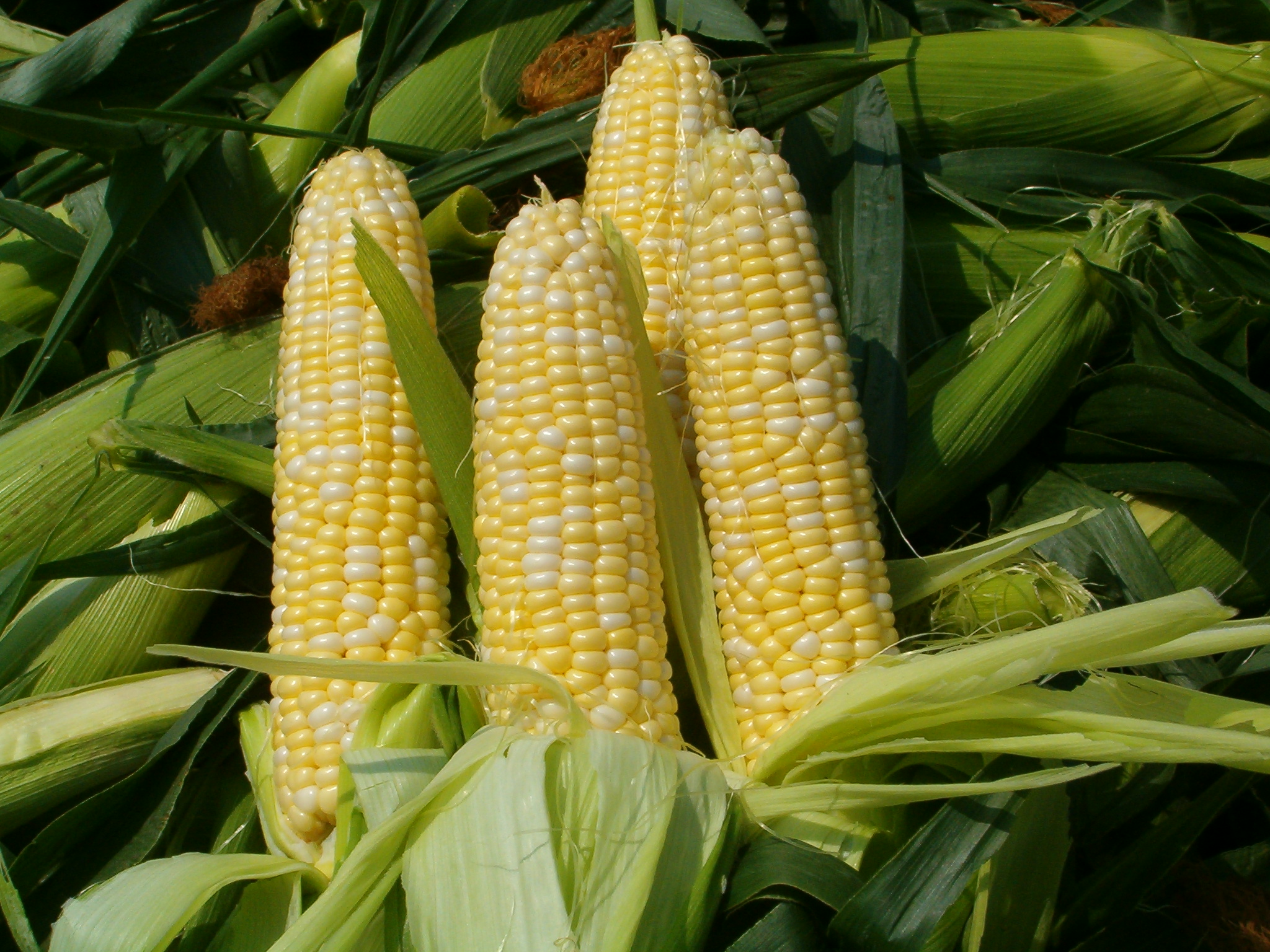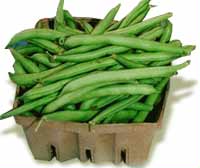 Got a pesky stain and wondering what the best way to remove it is? Visit the link below for a useful chart on stain removal.
Got a pesky stain and wondering what the best way to remove it is? Visit the link below for a useful chart on stain removal.STAIN REMOVAL CHART
Helpful information for the residents of Alleghany County
 Got a pesky stain and wondering what the best way to remove it is? Visit the link below for a useful chart on stain removal.
Got a pesky stain and wondering what the best way to remove it is? Visit the link below for a useful chart on stain removal.
 Be sure to check out this fun but informative blog post by Richard Auffrey, the champion of the1st Annual Tweet & Blogfest at the International Boston Seafood Show 2011. While Food Safety is no joke, a deadly serious matter to all, humor can help illustrate and shine light where a more serious treatment may miss a connection. A humorist as well, Richard has taken an opportunity to expand upon the vital message that "Food Safety is Always Important for Everyone, Everywhere." Enjoy!
Be sure to check out this fun but informative blog post by Richard Auffrey, the champion of the1st Annual Tweet & Blogfest at the International Boston Seafood Show 2011. While Food Safety is no joke, a deadly serious matter to all, humor can help illustrate and shine light where a more serious treatment may miss a connection. A humorist as well, Richard has taken an opportunity to expand upon the vital message that "Food Safety is Always Important for Everyone, Everywhere." Enjoy! Thanksgiving is right around the corner. Here are some tips you can use to save a
little money, time and stress. If you’ve ever hosted a Thanksgiving for friends and family then you
realize how easy and quick the costs can spiral out of control. Even with great intentions your grocery bill
can get way of hand really quick and that’s before you even think about
decorating. Here are a few
tips that might be able to help keep this under control.
Thanksgiving is right around the corner. Here are some tips you can use to save a
little money, time and stress. If you’ve ever hosted a Thanksgiving for friends and family then you
realize how easy and quick the costs can spiral out of control. Even with great intentions your grocery bill
can get way of hand really quick and that’s before you even think about
decorating. Here are a few
tips that might be able to help keep this under control. Use Natural Decorations One of the best ideas I have found is to use natural decorations. Skip the trip for store-bought
Thanksgiving decorations. Use what you have available in your back yard. Fall leaves and branches, beautiful dark
green acorn squash, pine cones, the dried hydrangea in your garden, and other
fall fruits that can be eaten later. There are tons of great ideas online for
decorating the table the natural way. For those decorations you need to buy, try
the dollar store, local famers markets or produce stands for some great
deal.
Use Natural Decorations One of the best ideas I have found is to use natural decorations. Skip the trip for store-bought
Thanksgiving decorations. Use what you have available in your back yard. Fall leaves and branches, beautiful dark
green acorn squash, pine cones, the dried hydrangea in your garden, and other
fall fruits that can be eaten later. There are tons of great ideas online for
decorating the table the natural way. For those decorations you need to buy, try
the dollar store, local famers markets or produce stands for some great
deal. by Jessica Stoller-Conrad
by Jessica Stoller-Conrad Lorelei Jones was
tapped to write a national blog to educate Veteran's and others across the U.S.
about the EFNEP program.
Lorelei Jones was
tapped to write a national blog to educate Veteran's and others across the U.S.
about the EFNEP program. Ever have trouble getting rid of all those pesky corn silks from your corn on the cob??? Take a look at this video on an easy way to do it in the microwave. It's worth trying and just in time for summer corn.
Ever have trouble getting rid of all those pesky corn silks from your corn on the cob??? Take a look at this video on an easy way to do it in the microwave. It's worth trying and just in time for summer corn. 
 The Produce Lady (Brenda Sutton) and Dr. Ben Chapman demonstrate proper methods for canning green beans. Recorded live on June 15, 2012.
The Produce Lady (Brenda Sutton) and Dr. Ben Chapman demonstrate proper methods for canning green beans. Recorded live on June 15, 2012.  We’ve all heard that breakfast is the most important meal of the day. To eat right is important:
We’ve all heard that breakfast is the most important meal of the day. To eat right is important:
 Want to learn about beef, the cattle industry, how to select
cuts of beef and some easy ways to prepare it?
Join us for “Beef It Up”. This
informational session includes taste testing as well as tips on food prep,
recipes and nutritional information.
Want to learn about beef, the cattle industry, how to select
cuts of beef and some easy ways to prepare it?
Join us for “Beef It Up”. This
informational session includes taste testing as well as tips on food prep,
recipes and nutritional information.  FOR
IMMEDIATE RELEASE
FOR
IMMEDIATE RELEASE All,
All, Plant Sale Pick-Up has been postponed. We have had an unexpected delay in the shipment of the strawberries, horseradish one grape and one blackberry variety. They are to be shipped over night, but we cannot guarantee an arrival time. If you plan on trying to pick up your order tomorrow (4/13), please send an email to michele_hamm@ncsu or call the office at 372-5597, to be sure that your order is complete. If your order is not complete tomorrow, you may pick up your plants on Monday, April 16th or a day/time that is convenient. We will get your order to you as soon as possible and apologize for the inconvenience.
Plant Sale Pick-Up has been postponed. We have had an unexpected delay in the shipment of the strawberries, horseradish one grape and one blackberry variety. They are to be shipped over night, but we cannot guarantee an arrival time. If you plan on trying to pick up your order tomorrow (4/13), please send an email to michele_hamm@ncsu or call the office at 372-5597, to be sure that your order is complete. If your order is not complete tomorrow, you may pick up your plants on Monday, April 16th or a day/time that is convenient. We will get your order to you as soon as possible and apologize for the inconvenience. With Easter being tomorrow, visit the link for info about Easter Food Safety Risks by Dr. Ben Chapman.
With Easter being tomorrow, visit the link for info about Easter Food Safety Risks by Dr. Ben Chapman. We’ve
had several reports of bee swarms. A lot of people panic when they see
the bees. They assume “swarm” means "attack" or that these are
“killer bees” (we do not have the Africanized, aka “killer”, honey bees in
NC). Swarms are simply nature’s way of forming new colonies. It
happens with wild honey bee colonies and can happen with maintained honey bee
colonies probably more with novice beekeepers if they are not paying close
attention to their hives. This is different from swarms that occur with
disruptions of the hive or like incidences we had last summer when bees escaped
from hives being transported on trucks. In two Wake Co. area incidents
last year, bees covered a Wake County Sheriff Deputy's patrol car on US-64 (http://www.wral.com/news/news_briefs/story/8148337/)
and on a nice Sunday in June, busy bees escaped from hives that were being
transported near I-95 in Kenly and took up residence on the canopy over some
gas pumps at a truck stop (http://www.wral.com/news/news_briefs/story/9749614/)
We’ve
had several reports of bee swarms. A lot of people panic when they see
the bees. They assume “swarm” means "attack" or that these are
“killer bees” (we do not have the Africanized, aka “killer”, honey bees in
NC). Swarms are simply nature’s way of forming new colonies. It
happens with wild honey bee colonies and can happen with maintained honey bee
colonies probably more with novice beekeepers if they are not paying close
attention to their hives. This is different from swarms that occur with
disruptions of the hive or like incidences we had last summer when bees escaped
from hives being transported on trucks. In two Wake Co. area incidents
last year, bees covered a Wake County Sheriff Deputy's patrol car on US-64 (http://www.wral.com/news/news_briefs/story/8148337/)
and on a nice Sunday in June, busy bees escaped from hives that were being
transported near I-95 in Kenly and took up residence on the canopy over some
gas pumps at a truck stop (http://www.wral.com/news/news_briefs/story/9749614/) The combination of a
continued warming trend (it's called "spring"), moderate rainfall (in
some areas) and the gradually lengthening day is leading to more mosquito
activity. Although many people (except those in Durham) spent the weekend
glued to the TV watching the basketball tournament, it was also a good time to
engage in some "Tip and Toss". As I mentioned a few weeks ago,
our most common mosquito (the Asian tiger mosquito) takes advantage of
water-filled objects and now is a good time to correct problems before you
start hearing that familiar buzz of mosquitoes in your ear when you're sitting
outdoors in the evening.
The combination of a
continued warming trend (it's called "spring"), moderate rainfall (in
some areas) and the gradually lengthening day is leading to more mosquito
activity. Although many people (except those in Durham) spent the weekend
glued to the TV watching the basketball tournament, it was also a good time to
engage in some "Tip and Toss". As I mentioned a few weeks ago,
our most common mosquito (the Asian tiger mosquito) takes advantage of
water-filled objects and now is a good time to correct problems before you
start hearing that familiar buzz of mosquitoes in your ear when you're sitting
outdoors in the evening.
